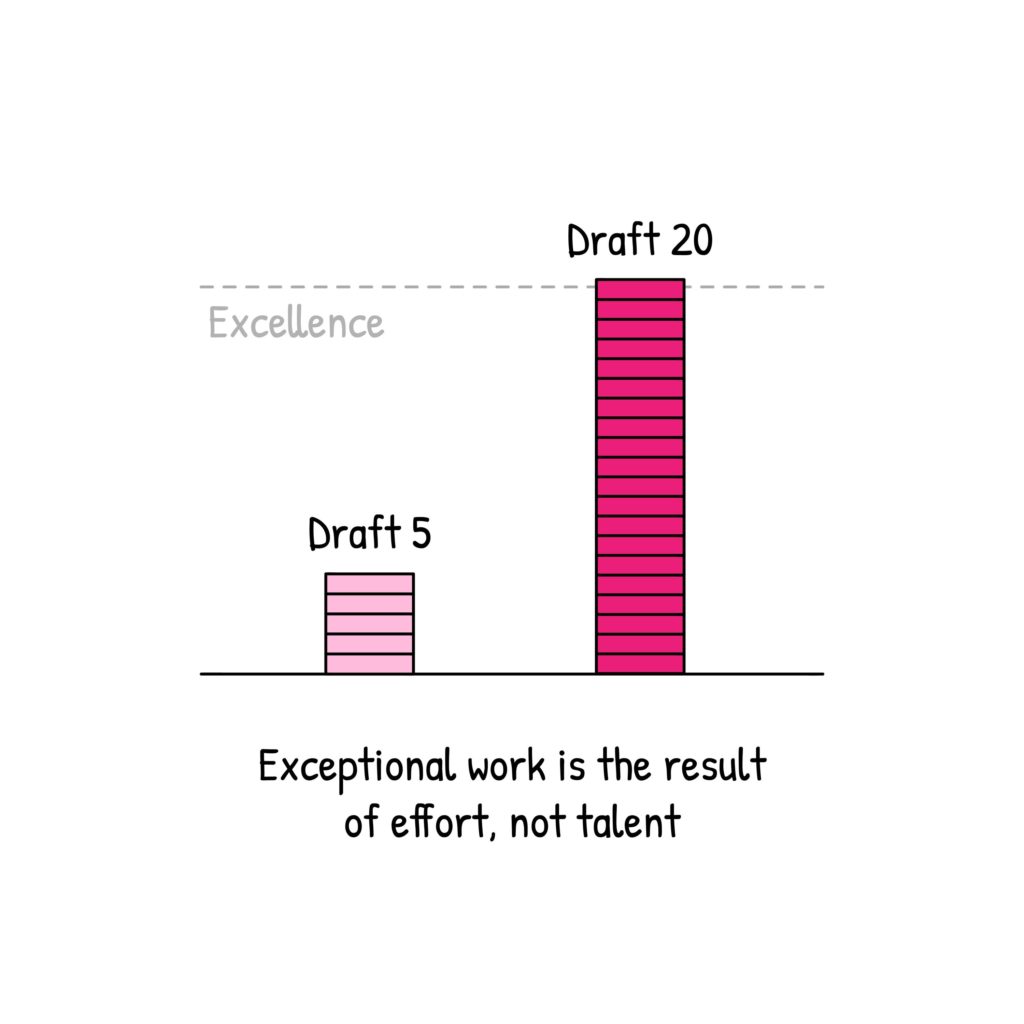During WW2, the US military wanted to increase the survivability of their planes as too many were being shot down over enemy territory.
So, the Center for Naval Analyses conducted a study on the planes that had returned from missions to see where they’d sustained the most damage. And, noticing a consistent pattern to the damage they sustained, they initially decided that they should reinforce those part of the plane with armour. The assumption was that that these areas were most likely to be hit, so needed greater protection.

But, the statistician Abraham Wald pointed out a critical flaw in this approach.
Wald argued that the military should instead focus on reinforcing the areas where the returning planes showed little or no damage.
His reasoning was that these were the areas where a plane is unable to safely sustain damage and return home. The damage on the returning planes simply represented non-critical areas where a plane could take hits and still survive the mission.

This is fundamentally a classic example of survivorship bias.
Survivorship bias occurs when we make decisions or conclusions based on an incomplete set of information, focusing only on the successes or what has survived some process while ignoring those that did not make it through. This bias can lead us to misinterpret data, overestimate chances of success, and overlook critical lessons from failures.
And we see this all the time in our own lives.
For instance, when we study the habits, choices, and strategies of only successful individuals or projects, we risk ignoring the countless others who may have followed similar paths but didn’t achieve the same level of success. This bias can lead to a distorted understanding of what truly contributes to success, prompting us to emulate potentially irrelevant or even counterproductive practices.
The issue of survivorship bias is also evident in business. As Daniel Kahneman puts it in Thinking, Fast and Slow: “A stupid decision that works out well becomes a brilliant decision in hindsight.”
We often celebrate the stories of startups that grow to become tech giants, dissecting their strategies and decisions in search of a blueprint for success. But, this focus on the victors neglects the vast majority of startups that fail. By not accounting for these failures, we miss out on crucial lessons about what not to do or about the importance of timing, market conditions, and sometimes sheer luck.
So, then, what strategies can we use to avoid survivorship bias?
- Seek out the whole story: Just as examining only the bullet holes on returned planes offered incomplete data, looking only at success stories gives us a partial view. Learning from failures and understanding the reasons behind unsuccessful attempts are crucial for building resilience and wisdom.
- Question common narratives: The prevalence of success stories can create an illusion that success is more common than it actually is. Recognising survivorship bias teaches us to critically evaluate the stories and patterns we observe, understanding that they may not represent the full spectrum of experiences.
- Emphasise learning from failures: Just as Wald’s approach highlighted the importance of considering where the planes were not hit, focusing on failures and near misses in our own experiences can reveal valuable insights. This can lead to improved strategies that address our actual vulnerabilities rather than perceived ones.
- Value diverse experiences: Survivorship bias can narrow our perspective, leading us to overlook valuable insights from less visible or unconventional sources. Valuing a broad range of experiences enriches our understanding and fosters innovation.
I get it – there’s a certain level of comfort in believing that we can succeed by following in the footsteps and replicating the actions of the exceptionally successful few. But, the reality we observe tells a different story.
Chasing a ‘proven’ formula for success, drawn from an exclusive and unrepresentative slice of achievers, is a huge risk. By doing this we ignore our own unique blend of personal strengths, circumstances, and aspirations that each of us brings to the table.
The paths to success are as varied as the individuals seeking it, influenced by an intricate mix of talents, opportunities, and timing. When we try to mimic the journey of others, we set ourselves up for disappointment, not because their methods are flawed, but because their methods are theirs, not ours.
🎬 Latest Video
✍️ Article of the Week

How I got wealthy without working too hard
Money is the ultimate optionality: it’s the right to buy something later. The cost of that option is the inflation rate.
So when we don’t know what to do, we focus on making more money, assuming we are going to figure out what to do with it later.
This can be a wise approach, as having savings increases our freedom, but it gets overdone: it becomes a form of procrastination.
🙌 Weekly Favourites


